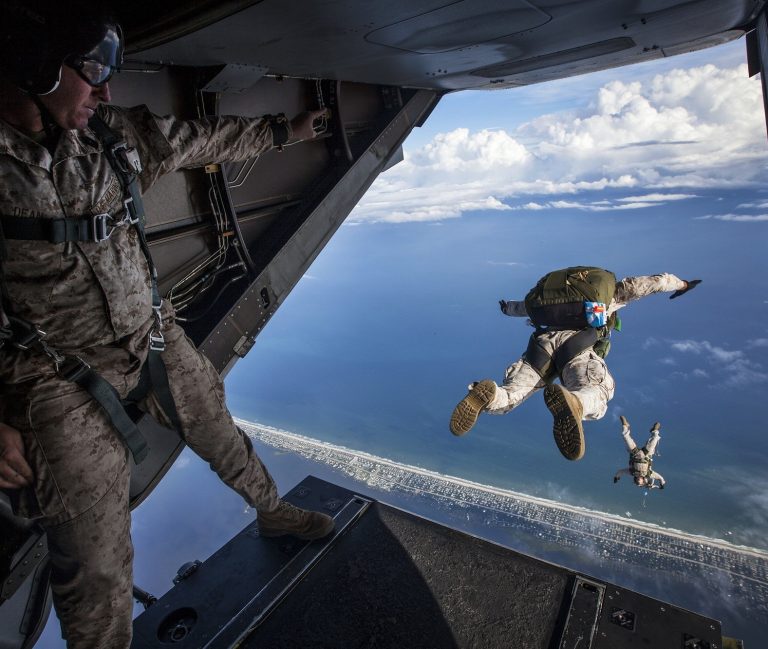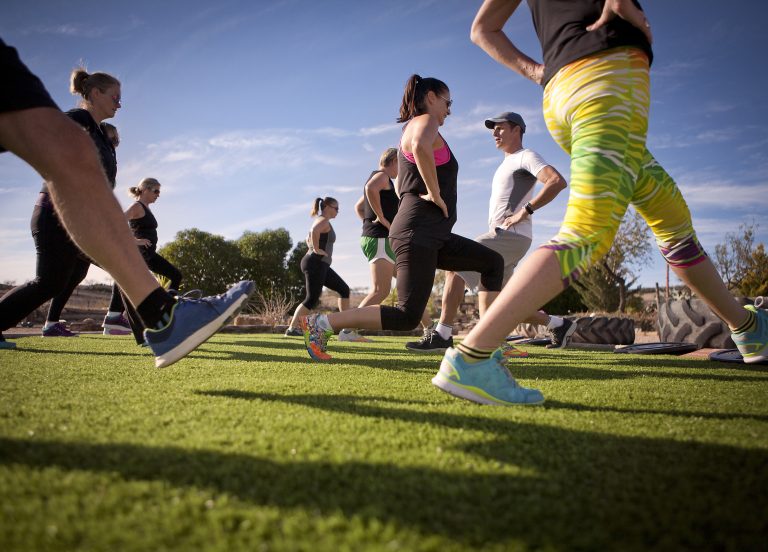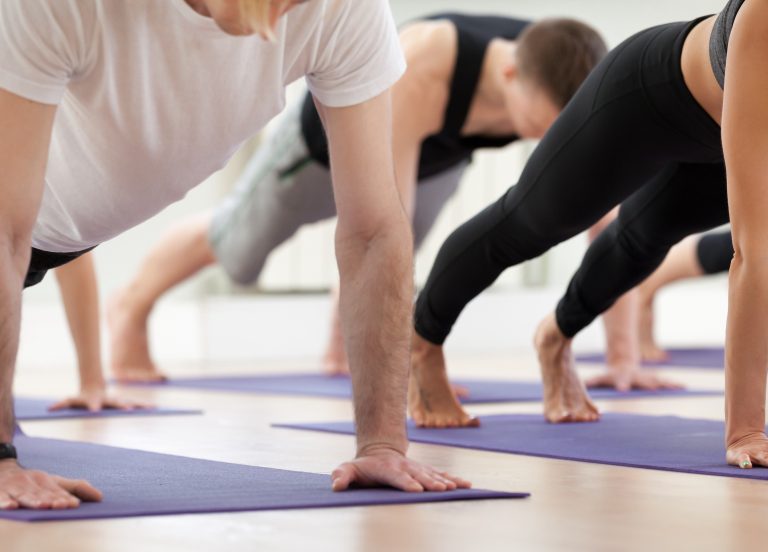Why Biomechanics Matter
Key message 1: Psychology is always important. Pain is an output of the brain; it is one of the ways the brain lets us know that it perceives a threat.
Key message 2: Biomechanics is the study of forces (mechanics) and their effect on living systems (bio).
Key message 3: We are a living system interacting with a physical world of forces.
Key message 4: Biomechanics is always important.
There has been a huge shift to the biopsychosocial model in manual therapy in the last decade and understanding how psychological factors influence our experience of pain has and continues to change the way physical therapists communicate with, educate, and treat patients.
I think it would be fair to say that while psychological considerations have been in the ascendency, the idea that biomechanics doesn’t matter has been gaining some traction.
Why biomechanics matter
So just in case you are thinking – in the light of my pain series – that pain is all in the brain, then let me explain in broad terms why biomechanics matters hugely. This might seem blindingly obvious; to say that biomechanics doesn’t matter is like saying gravity doesn’t matter. The more important question might be: when is biomechanics important and when are psychological factors important?
Eric Meira (aka the science PT) uses a great analogy of asking a bunch of paratroopers how they’d feel about being asked to jump out of a plane at 11000 feet without a parachute? “Scared of getting injured you idiot” comes the reply. Is a psychological intervention appropriate in this case to help them overcome their fear of injury? Of course not!
What are they scared of? Not being able to handle the huge amount of force with which their mass suddenly decelerates as it hits the ground. F=ma. Biomechanics! (Eric Meira)
In a similar way, it’s not enough to tell someone that it is safe to jump, bend, or run when they are in pain. The role of the physical therapist is to enable successful movement, train, and educate in such a way that it is safe to do those things; provide the necessary safety equipment (motion, coordination and control) and training to use it (at different speeds, positions, and with different loads). Otherwise fear is a rational response.
When psychology is key
Sometimes we just become fearful of movement, or of re-injuring ourselves. This may be because we have had an MRI scan that showed a bulging disc in our low back, or because our back has “gone” during lifting in the past, or a therapist or surgeon has told us not to make a certain movement with our back, knee, or shoulder.
The analogy now is that you are simply asking someone to step out of a plane that is sitting on the ground. The individual needs to be shown that they have the motion, and control of that motion, to pursue meaningful activities with confidence. And that means gradually progressing the level of difficulty of the activity and ideally moving beyond it, so that it can be performed at greater speed, with more load than necessary, and in more extreme joint positions. You’ll hear me refer to this as building in a “buffer zone” of function.
In summary:
- Psychology always needs to be considered
- Biomechanics is the study of forces in living systems
- We are a living system interacting with gravity and ground reaction force
- Biomechanics matter






